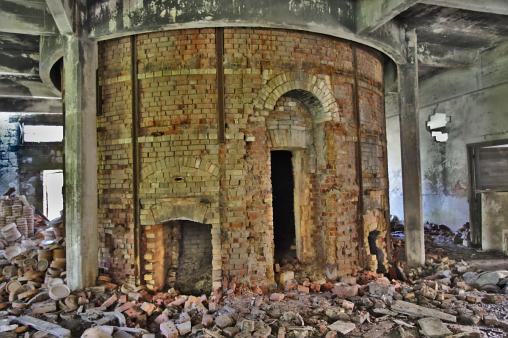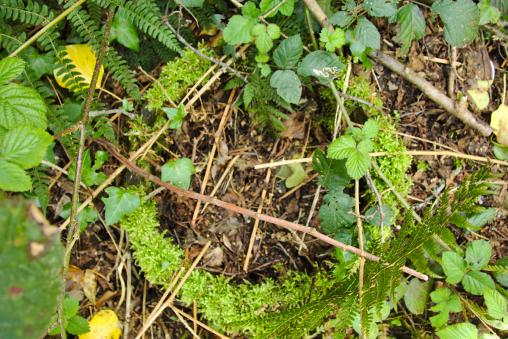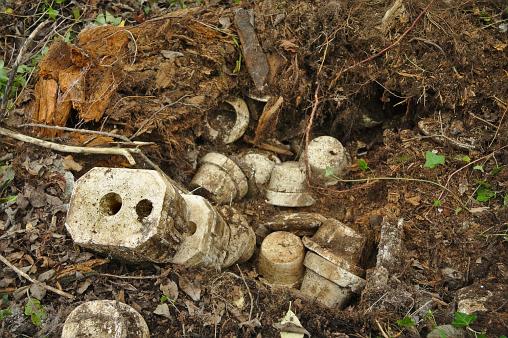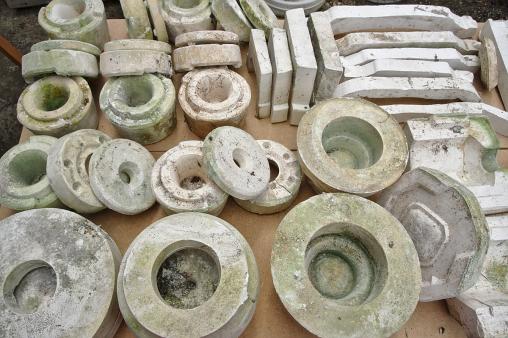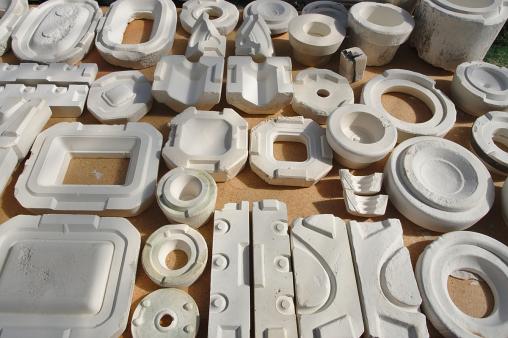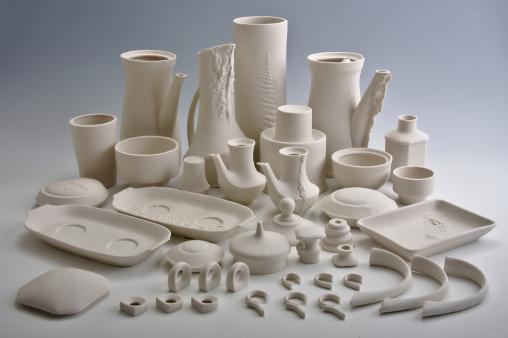Naturaleza Muerta con Recipientes
An installation with objects of porcelain, cast from molds that were recuperated from an abandoned factory near Donostia-San Sebastián. Produced with the support of Tabakalera, for the exhibition "The Agency of Living Organisms" curated by Pauline Doutreluignge (21/10/2016 - 5/2/2017).
This project is a case study, the third in our artistic investigation of the factory as a paradigmatic site of the twentieth century. Just like in our previous projects, “Producing time in between other things” and “Work in progress”, we approach the factory with a research method that is analogous to experimental archaeology. That is to say, we aren’t merely interested in studying historical remains and forgotten artefacts for their own sake, but aim to activate them and reconstruct the ephemeral processes they were once a part of.
The factory was built in 1933, and belonged to a family that had returned to their home town after making their fortune in Argentina. It was expropriated for political reasons during Franco’s dictatorship, and declared insolvent in the seventies after which it was shut down for good.
The molds were taken to the Basque Pottery Museum, cleaned up, and used to cast porcelain objects. Under expert guidance from Blanka Gomez de Segura, the museum’s director and an experienced potter, the porcelain was fired in the kiln. Over 200 items were produced from the molds: six sets of china, each made up of about 30 different replicas of the original merchandise from the factory.
The result is entirely contingent upon what we were able to excavate from the ruins of the factory. It not only represents a snapshot of the catalogue of products manufactured at the moment it went bankrupt, but also reveals how nature has contaminated the original designs with its own aesthetic vocabulary, when organic and environmental processes slowly reclaimed the site after it was abandoned. Roots have penetrated the moulds and seeping rainwater ate away at their soft and brittle walls, occasionally remodelling the void contained within. These hollow spaces have spawned a collection of objects that might thus be considered hybrid artefacts, shaped by the intersection of human histories and natural cycles of growth and decay.
